In soccer there are many different ways in which players can polish up areas of their game that call for development.
One particular rule of thumb that you often hear is that a person should spend a lot of time working on their ball control before moving on to work on other aspects.
It actually does make sense when you give some thought to it.
Without a basic command of the soccer ball at your feet, how can you take accurate shots on goal or distribute short and long passes to your team mates?
The analogy of a child learning how to crawl before they walk is also quite apt here.
Once a player is able to do the simple things consistently well enough, they can comfortably progress to the more sophisticated elements of the game.
And interestingly enough, practicing with a small soccer ball is a method that many people use to elevate their ability.
As a matter of fact, a small soccer ball can sometimes provide more help towards improving a player’s overall skill level than a regular sized one, because its compactness goes a long way to bettering attributes such as ball control, foot speed and general concentration levels.
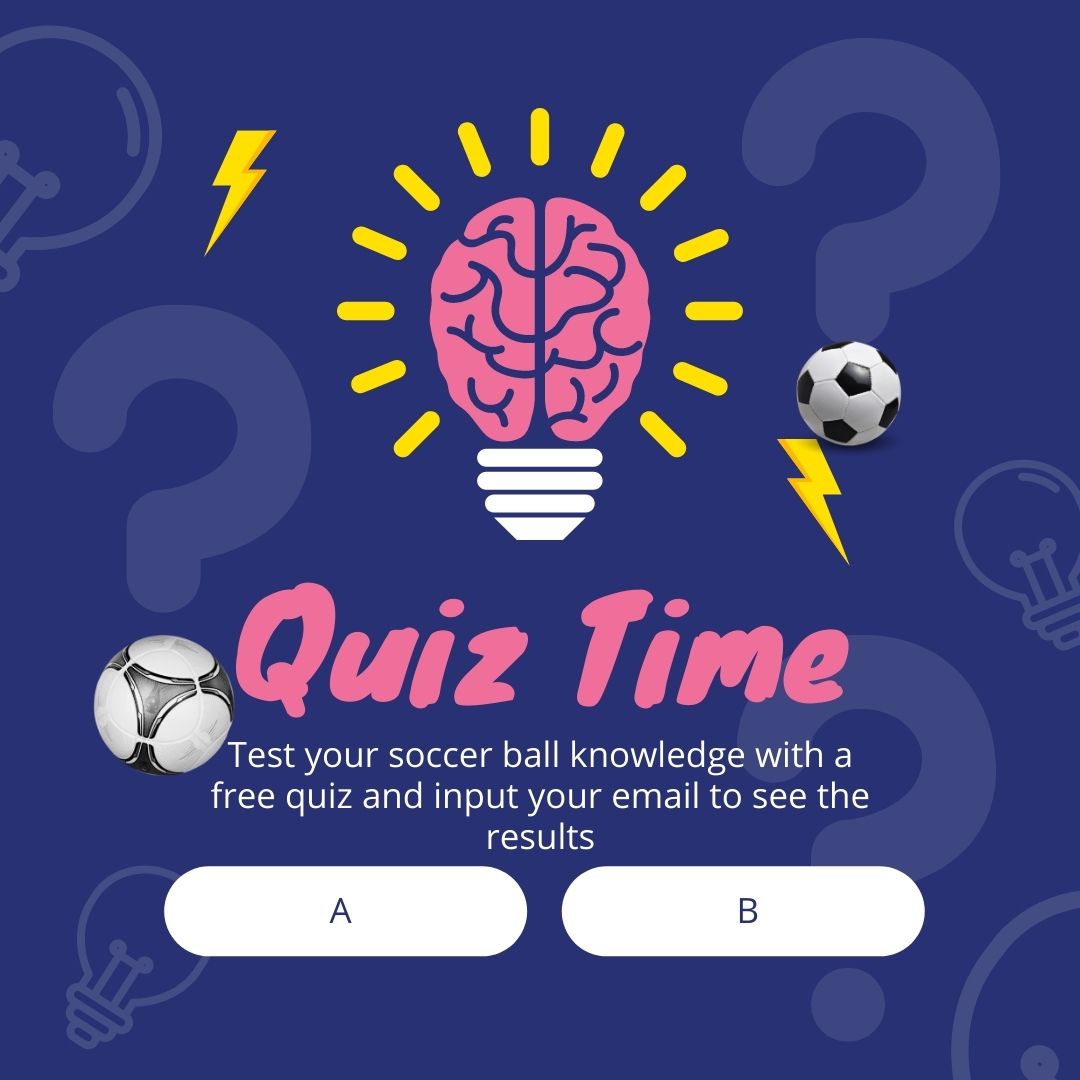
Want to test your knowledge on soccer ball care?
Take the quiz by clicking the button below and see just how informed you truly are!
Note - You'll need to enter your email address to see the final results.

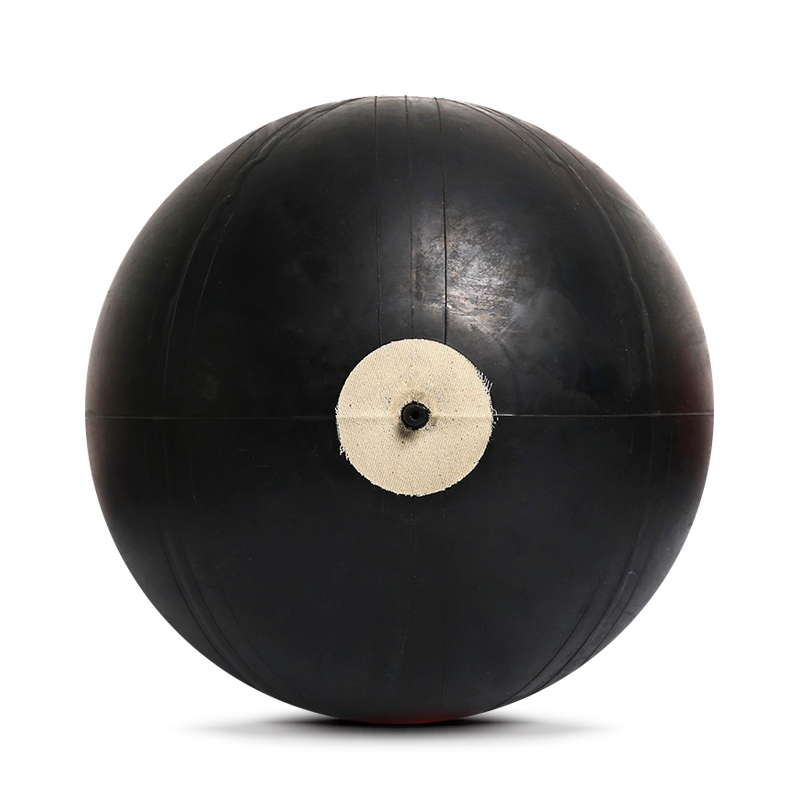

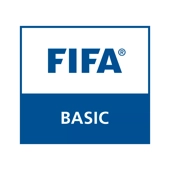
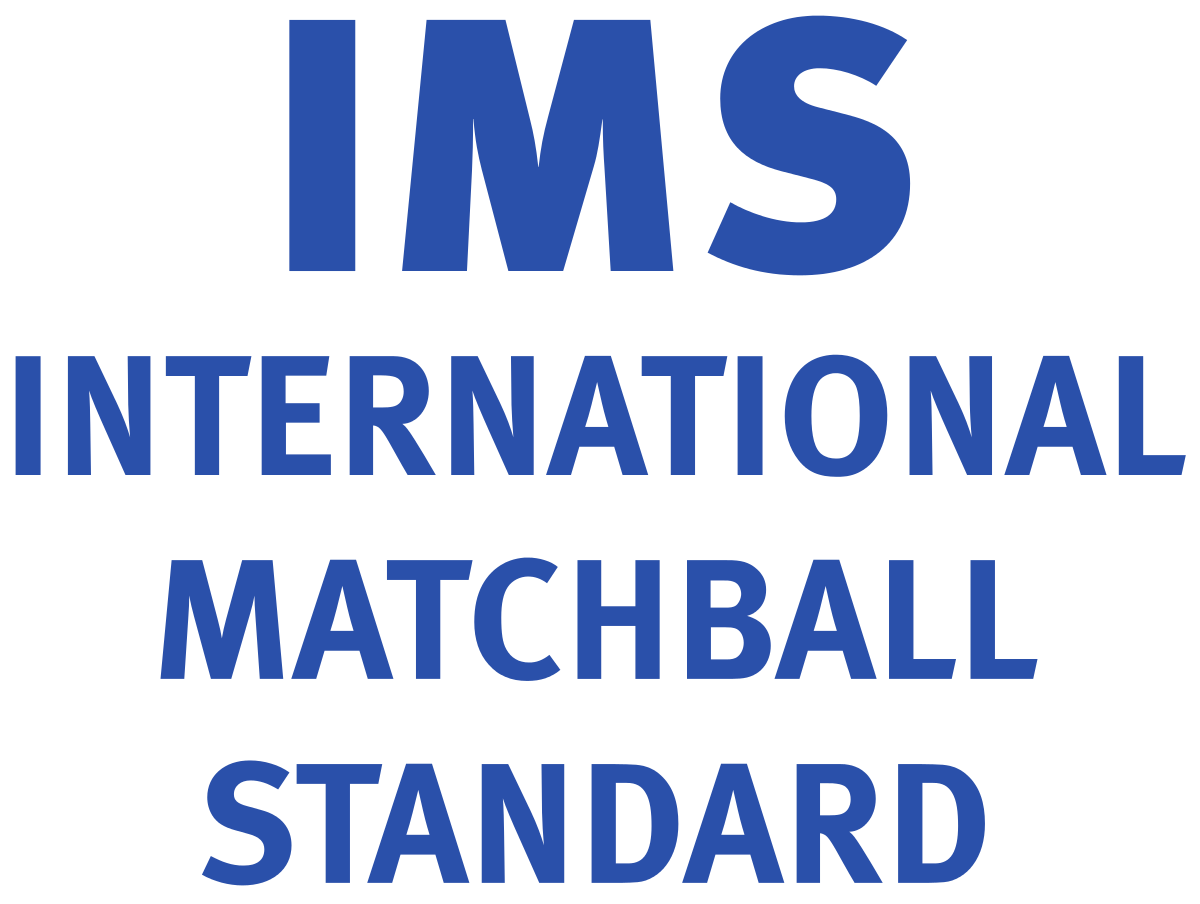


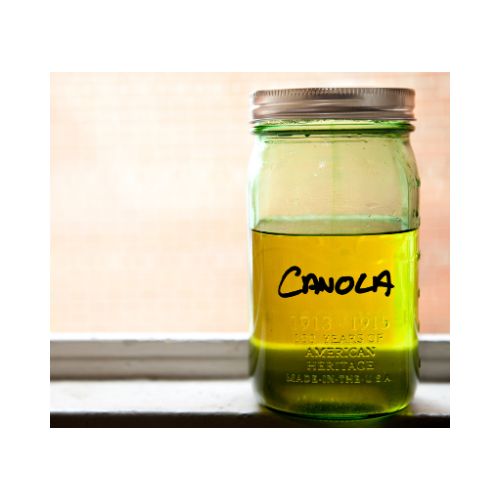
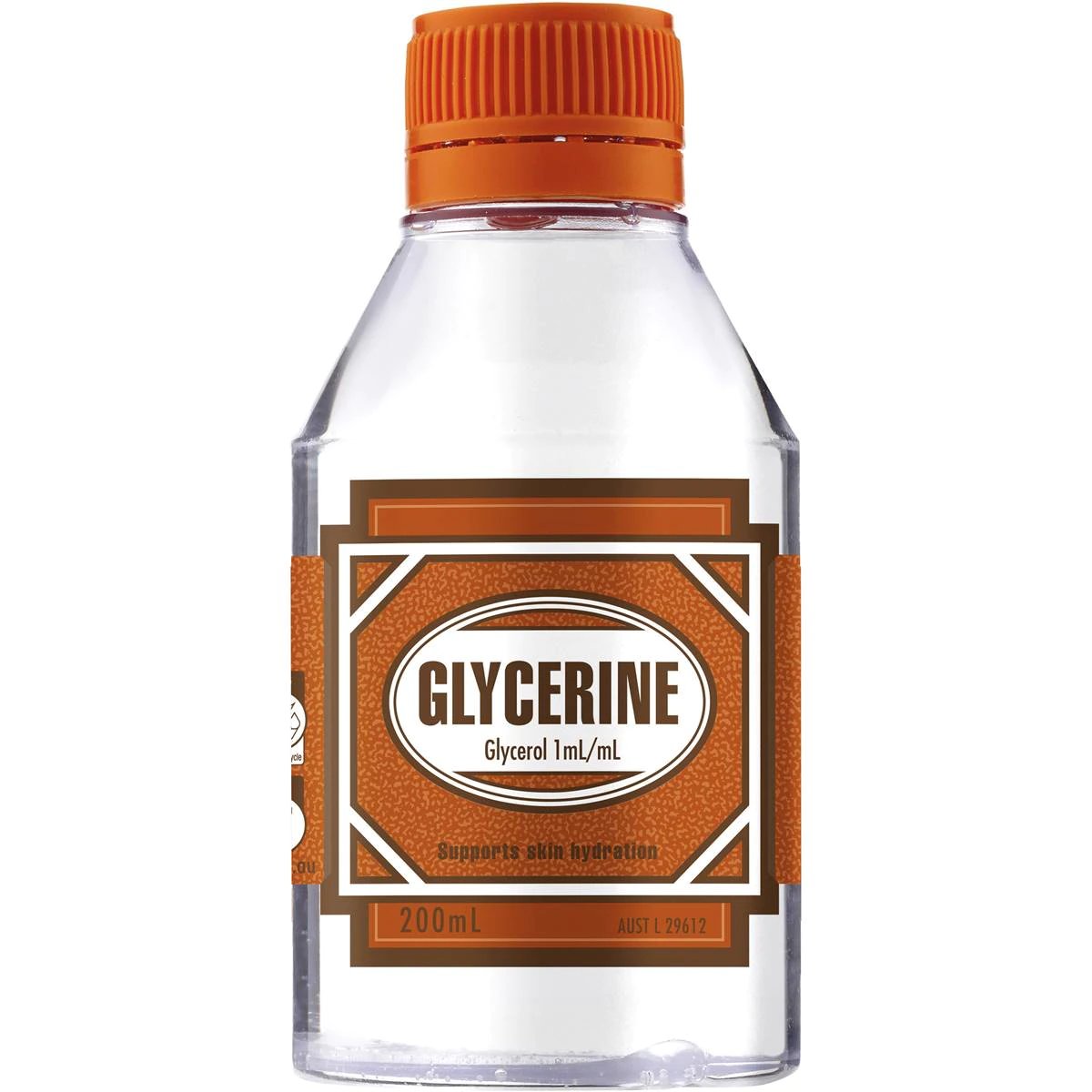






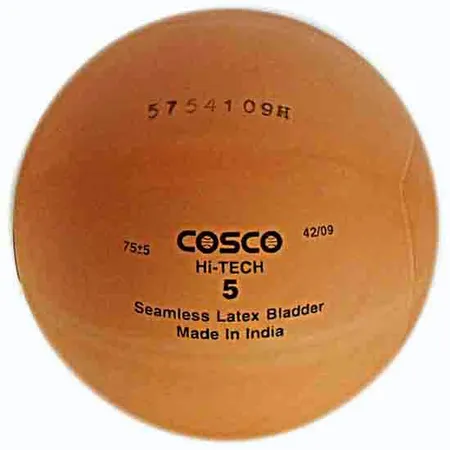






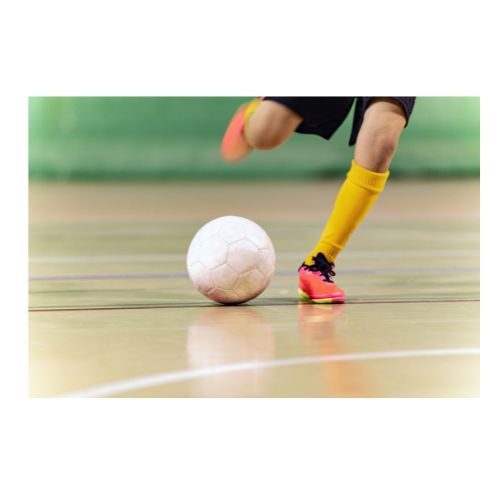

Why is this the case?
Let me elaborate for you.
What are the benefits of practicing with a small soccer ball?
The size of soccer ball that you use can play a large part in your own game development.
Here’s why…
1. Improved close control
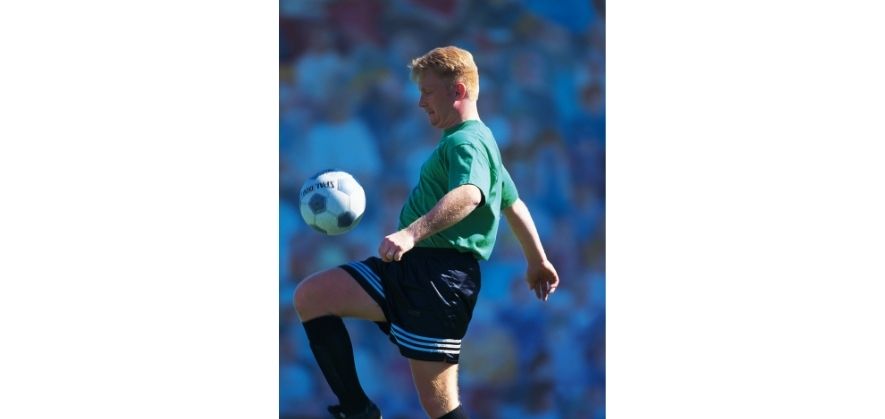
Smaller soccer balls are great for helping players get comfortable with taking many touches.
If you don’t mind, I’d like to give you a little piece of homework.
Try and get a soccer ball that’s a size 3 equivalent or lower and attempt to move around with it inside your house using only your feet.
The task isn’t that easy I can assure you of that!
And the reason why it can prove quite challenging to do so is because your feet have minute contact reference points to work with.
What I mean by this is that in order to keep a smaller soccer ball moving in the direction that you want it to travel, you have to be more precise when choosing the area that you want your foot to make contact with.
The slightest error in foot placement can easily cause a smaller ball to move away from your intended target.
Stick to this activity for a while and you will notice a big difference in your ball control when you graduate on to a standard size ball.
2. Increased foot speed
Secondly, a player gains an advantage when it comes to the progression of their speed of movement with their feet.
According to Trevor Dacosta – a high school soccer coach – a smaller ball can enhance a player’s foot speed which in turn makes you a better dribbler.
You don’t have to take his word for it, but the logic behind that opinion seems quite sound.
Smaller soccer balls by their very nature force your feet to make quicker adjustments because they require more precision to keep under control.
3. Sharper concentration levels
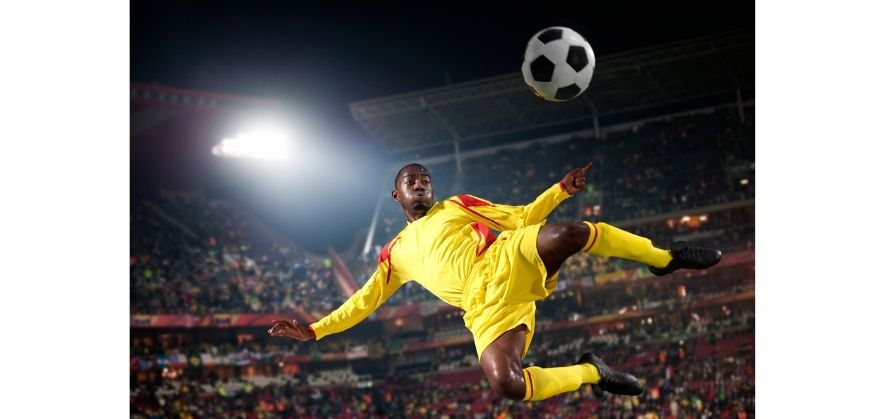
Another point that’s worth mentioning is that smaller soccer balls have a mental impact on your performance as well.
You see, to keep a smaller ball under control there’s typically a need to exert more brain power to monitor its trajectory when in the air as well as its movement along the ground.
Practicing with one for a lengthy period of time will boost your overall game focus because you will be spending a lot more energy concentrating on having the right technique for every touch.
How do you train with a small soccer ball?
There are a number of ways in which you can develop your skills with a small soccer ball.
Why don’t you take a quick look at the options you have below…
Juggling
What is good about juggling is that it really prepares you for competitive soccer games by testing your ability to adapt to the multiple ways in which a ball can travels towards you.
Using different parts of your body like your thighs, knees, chest and feet helps you get accustomed to controlling the ball whichever way it comes.
One of the best ways to practice soccer ball juggling is to take a staggered approach to it.
This means practicing with one leg first before moving on to the other.
So, take your stronger foot and attempt a couple of juggles of the small ball with it.
After your comfortable, you can then switch over to your weaker foot and repeat the same routine.
Furthermore, as a final step in the juggling process you can try alternating between both feet as you keep the ball under control.
This can take some time but practicing diligently should result in massive skill improvements.
Passing drills
If you’re able to get a practice partner, you can try out a couple of one-on-one passing drills between yourselves.
This will help you learn how to take a smaller ball in your stride through trapping it, laying it off and delivering it back towards the person that sent it your way.
But don’t worry if you don’t have anyone available to practice with you.
There’s a handy alternative called a soccer rebounder which should do the trick.
It acts as a concrete wall, with soccer balls able to bounce off of them and travel back towards you with considerable ease.
Have a look at my article on the finest soccer rebounders to see if there’s anything that you might consider buying.
Cone drills
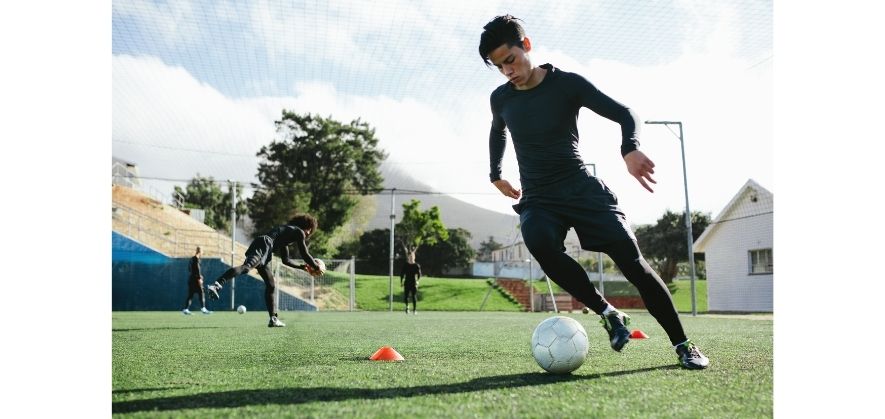
Lastly, you can practice the old-fashioned way with some cones.
All you need for this is a decent playing area and you’re good to go.
Simply lay out the cones one in front of the other, leaving ample space (typically a few feet apart) between each one.
Then you’ll want to practice dribbling in between them with your small soccer ball.
With all that said, take a look at the video I’ve embedded below for a practical example of how you can train with a small soccer ball:
Wrap up
Remember, to get the positive results that you desire, you have to sacrifice by putting the work in.
Practicing with a small soccer ball can deliver greater improvements in overall skill level than a larger sized one, particularly when it comes to close control, foot speed and concentration levels.
You’ll definitely want to take that first step by looking through our buying guide on the best soccer balls, especially if you don’t have already own one.
It doesn’t even have to be small soccer ball, because a regular size one can work equally well.
If you enjoy the content that I create and would like to buy me a coffee, then I’d really appreciate it!
Any money that I earn through this donation will be re-invested into more content for this website.
Additionally, by sending in a donation you’ll also receive a copy of my recently released 190+ page eBook on Soccer Ball Care, as well as be subscribed to our mailing list where you’ll be regularly informed on the latest developments concerning the Soccer Whizz blog.
- Future Icons: Europe’s Emerging Midfield Maestros Set for Glory - December 4, 2023
- Kickstarting a Revolution: How Soccer Transformed the United States Over the Last Four Years - October 7, 2023
- 4-1-4-1 Soccer Formation [Analysis] - September 23, 2023

